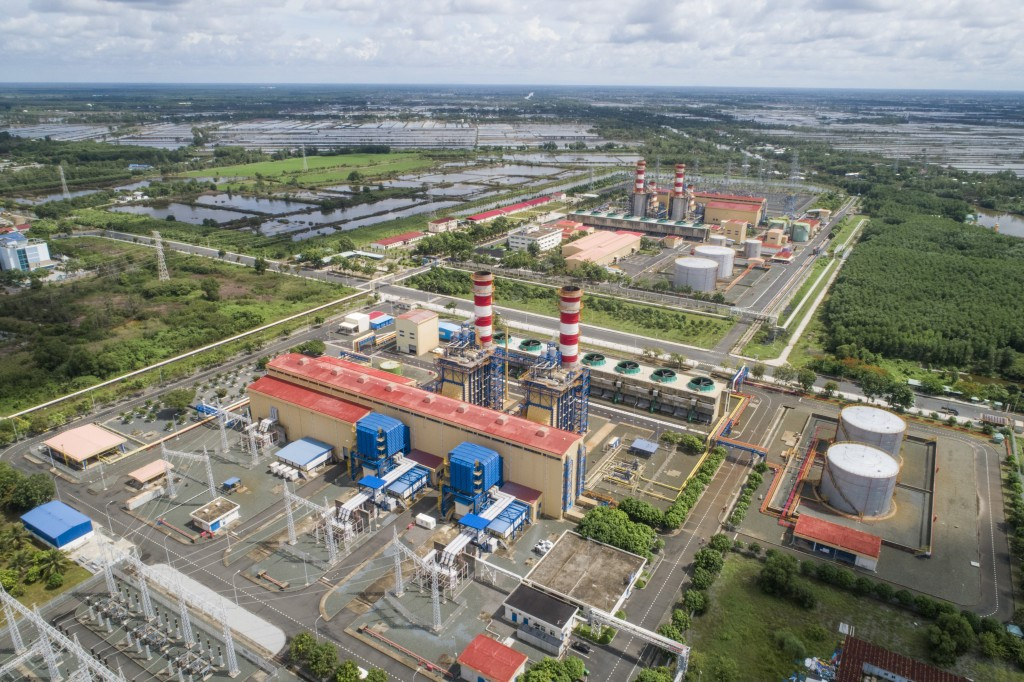
However, Ha Dang Son, director of the Center for Energy Research and Green Growth, when talking with VietNamNet about a mechanism needed for the power sector, said no one can say for sure that private investment will stop the electricity outage and generate electricity at a reasonable cost.
What are your comments about the electricity shortage last summer?
In fact, the electricity shortage has been warned about the last several years. The predictions, analyses and reports about the eighth national power development plan (Plan 8) approved in Decision 500 all mention the high risks about the electricity supply in the north in 2023 and 2024.
The problem is that we nearly don’t have any new power supply source in the north recently. Thai Binh 2 Thermopower Plant which has been put into operation was built 10 years ago. The project once had a lot of problems, but with the directions of the government, the Ministry of Industry and Trade (MOIT) and PetroVietnam, it has been completed and connected with the national grid.
As for hydropower, the potential in the field has been used up.
In 2019, when attending a seminar, we discussed about a mechanism to encourage the investment in renewables in the north. At that moment, the FIT2 (feed in tariff 2) price for solar power had not been set yet.
In a document, MOIT stressed that it was necessary to apply different pricing preferences for different zones. The FIT, or FIT with lower preferences, should be applied to zones with more hours of sunlight but with congestion in transmission, while the FIT with higher preferences should be applied to the north which has less favorable conditions.
However, it was unclear why the proposals were not accepted and we had a single FIT2 applied to both the north and the remaining zones.
It is difficult and more costly to develop solar power in the north because of low sunlight. This, plus the unattractive FIT2, prompt investors continue to flock to Binh Thuan, Ninh Thuan and the Central Highlands. Meanwhile, these are the areas which have problems in transmission network. We have huge investment resources, but we can’t use them effectively.
We talk much about the energy transition. Instead of relying on fossil fuels, we are shifting to use renewables. However, after the FIT mechanism ended in December 2020, investors who want to develop wind and solar power projects have faced obstacles in obtaining building and fire prevention and fighting licenses.
The Prime Minister’s Decision 500 approving Plan 8 says Vietnam will create most favorable conditions, with no limitations, for self-installed and self-consumed rooftop solar power, but to date, there has been no policy to support the implementation of the policy.
What do you say about power supply capability in upcoming years?
Vietnam has to think about how to develop electricity generation sources in the next years, especially in the north. And it needs to make a difficult choice.
Developing LNG or hydrogen power remains far away. It will take time and investment costs while electricity selling prices remain a challenge in the context of the big loss incurred by Electricity of Vietnam (EVN). It’ll take 3-5 more years to put an LNG power plant into operation. This means that the risk of electricity shortage is still very high.
To have enough electricity, there must be large and stable electricity sources. So, what should we do to attract private investment in large projects?
I want to start with the FIT mechanism for wind and solar power. We have recently talked much about JETP (Just Energy Transition Partnership), under which developed countries committed the $15 billion support to Vietnam to accelerate the process of minimizing carbon in the power sector.
Let’s look back at the FIT mechanism applied recently and find how much investment we have attracted. With 20,000 MW wind and solar power which has been developed, and with the investment rate of $800,000 for 1MW, the total investment capital has exceeded the amount of $15 billion that developed countries have committed.
I mean that we just need to create favorable conditions and investors will inject money into power generation and transmission projects. And vice versa, if the mechanism is unreasonable, the investments will stop.
Most of the investors I have ever talked to said they cannot see opportunities, but can only see risks.
State officials say it is necessary to attract private capital and remove the monopoly of EVN, but the policies don’t facilitate private investors.